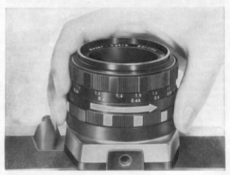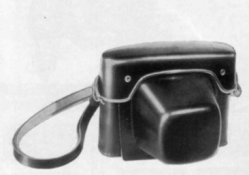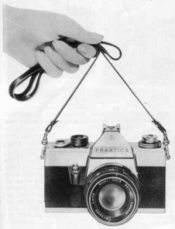I suppose the term "vintage" applies here, but in case I'm mistaken, please, dear moderators, move this thread where appropriate.
I am fascinated by the peculiar aspect of old halftone reproductions in manuals, especially photo items. However, I'm at a loss trying to describe it in plastic terms because I don't understand how it came to be. To illustrate what I am referring to, here are some snaps taken from a Praktica L manual.
Surfaces like metal or leather have that really neat unreal look to them. It doesn't seem to be just a question of boosting the contrast because there are gradations and midtones.
So what was the process behind the particular aspect of these reproductions, especially the way the specular reflections are rendered? Was there some retouching involved? Is it something that can be duplicated with film photography only?
I am fascinated by the peculiar aspect of old halftone reproductions in manuals, especially photo items. However, I'm at a loss trying to describe it in plastic terms because I don't understand how it came to be. To illustrate what I am referring to, here are some snaps taken from a Praktica L manual.
Surfaces like metal or leather have that really neat unreal look to them. It doesn't seem to be just a question of boosting the contrast because there are gradations and midtones.
So what was the process behind the particular aspect of these reproductions, especially the way the specular reflections are rendered? Was there some retouching involved? Is it something that can be duplicated with film photography only?









